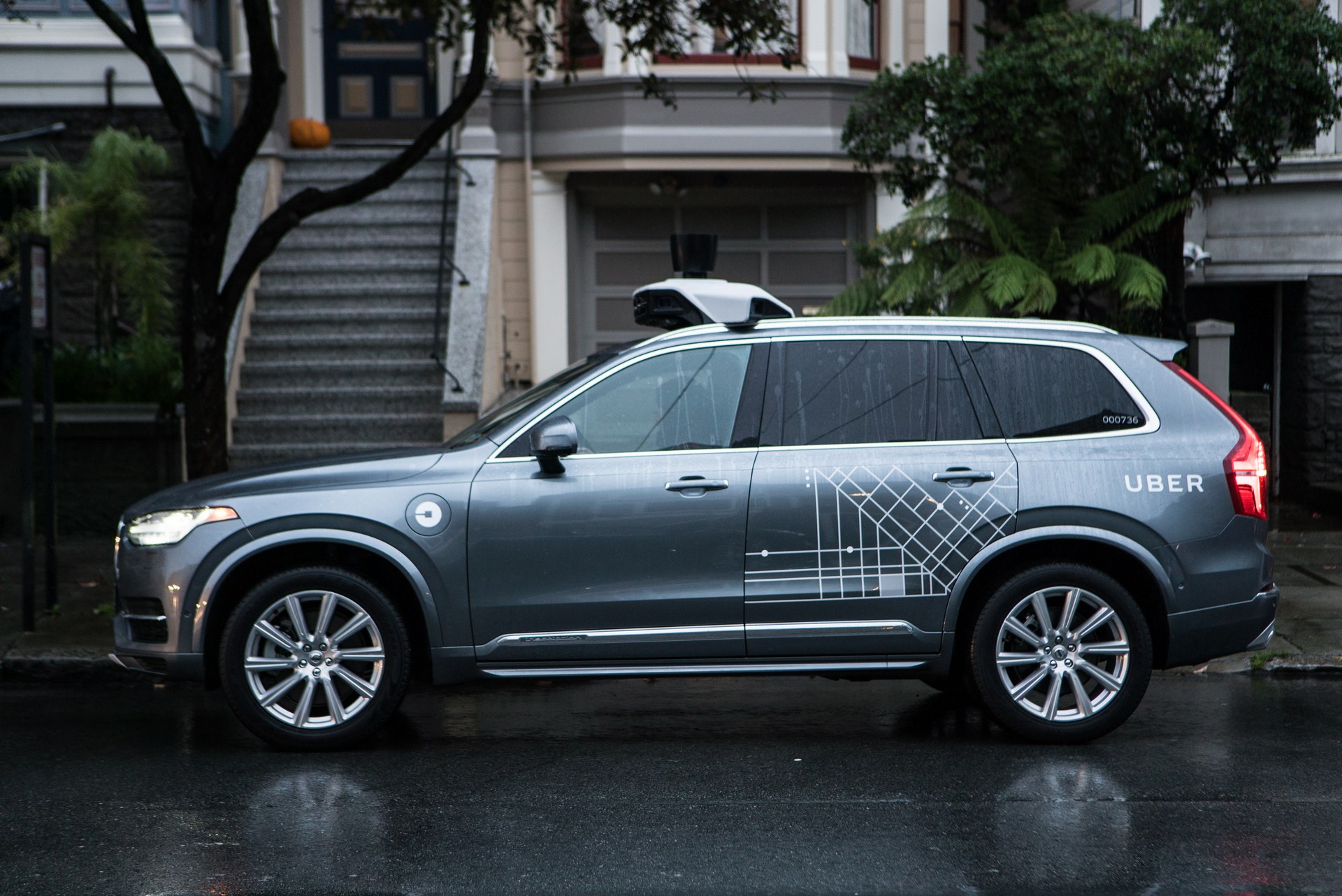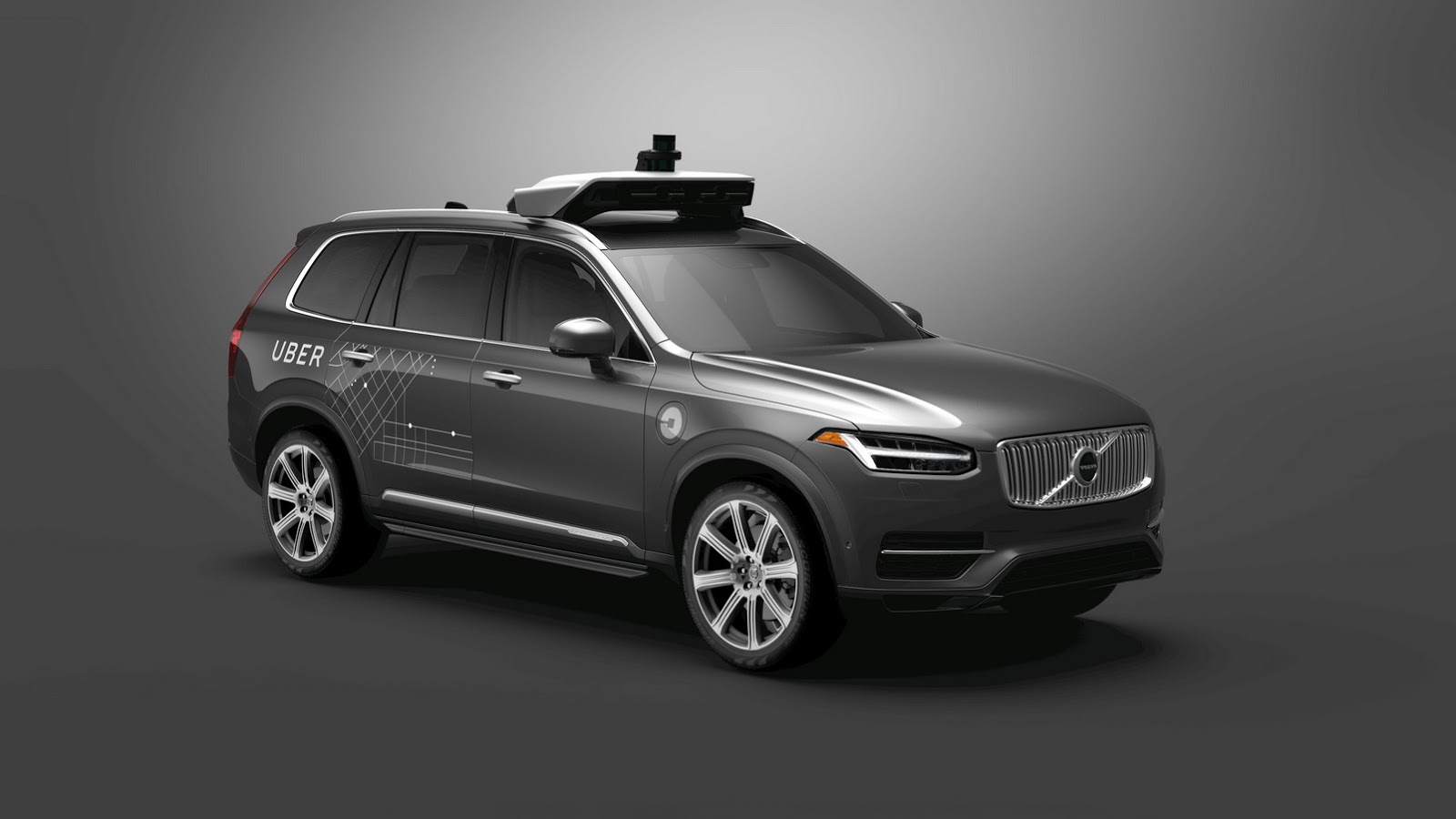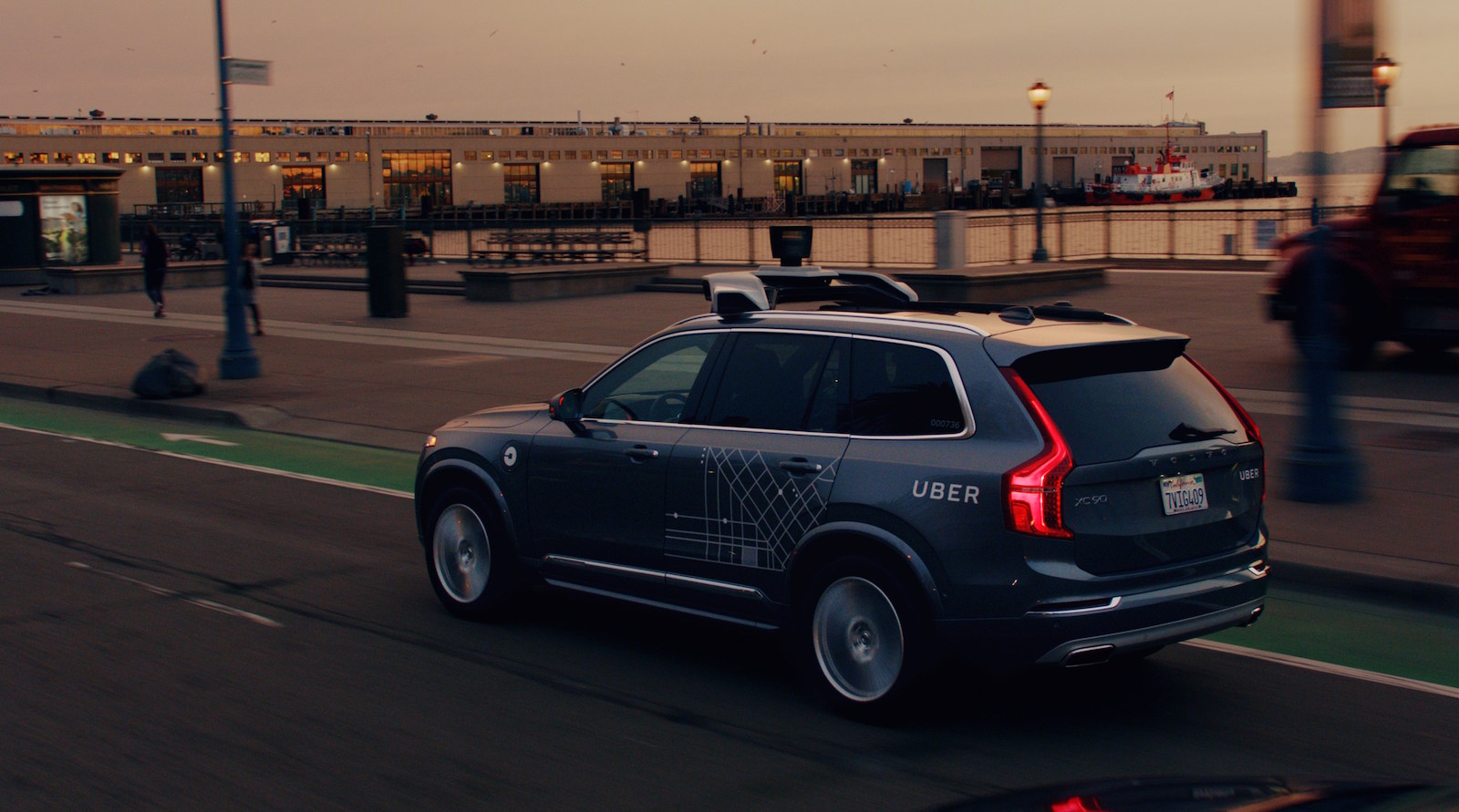Tech company Aptiv says that the technology supplied to Volvo wasn’t at fault during last week’s incident, when an Uber-operated XC90 struck and killed 49-year old Elaine Herzberg in Tempe, Arizona.
Aptiv says that Uber disabled the XC90’s standard collision avoidance technology, which is after all standard practice, as the ride-hailing company is looking to test its own autonomous driving systems.
“We don’t want people to be confused or think it was a failure of the technology that we supply for Volvo, because that’s not the case,” stated Aptiv spokesman Zach Peterson, adding that the XC90’s standard advanced driver assistance system “has nothing to do” with Uber’s own autonomous tech, as reported by Autonews.
Meanwhile, Mobileye, which builds chips and sensors for collision-avoidance systems and also acts as a supplier for Aptiv, said that it had tested its own software following the crash by playing a video of the incident on a TV monitor.
Apparently, Mobileye was able to detect Herzberg one second before impact during these tests, despite the poor quality of the video – as opposed to a direct connection to the car’s cameras and sensors.
“The video released by the police seems to demonstrate that even the most basic building block of an autonomous vehicle system, the ability to detect and classify objects, is a challenging task,” stated Mobileye CEO, Amnon Shashua. “It is this same technology that is required, before tackling even tougher challenges, as a fundamental element of fully autonomous vehicles of the future.”
The Volvo XC90’s standard driver-assistance system relies on Aptiv’s radar and camera systems, which in turn use Mobileye’s chips and sensors.






